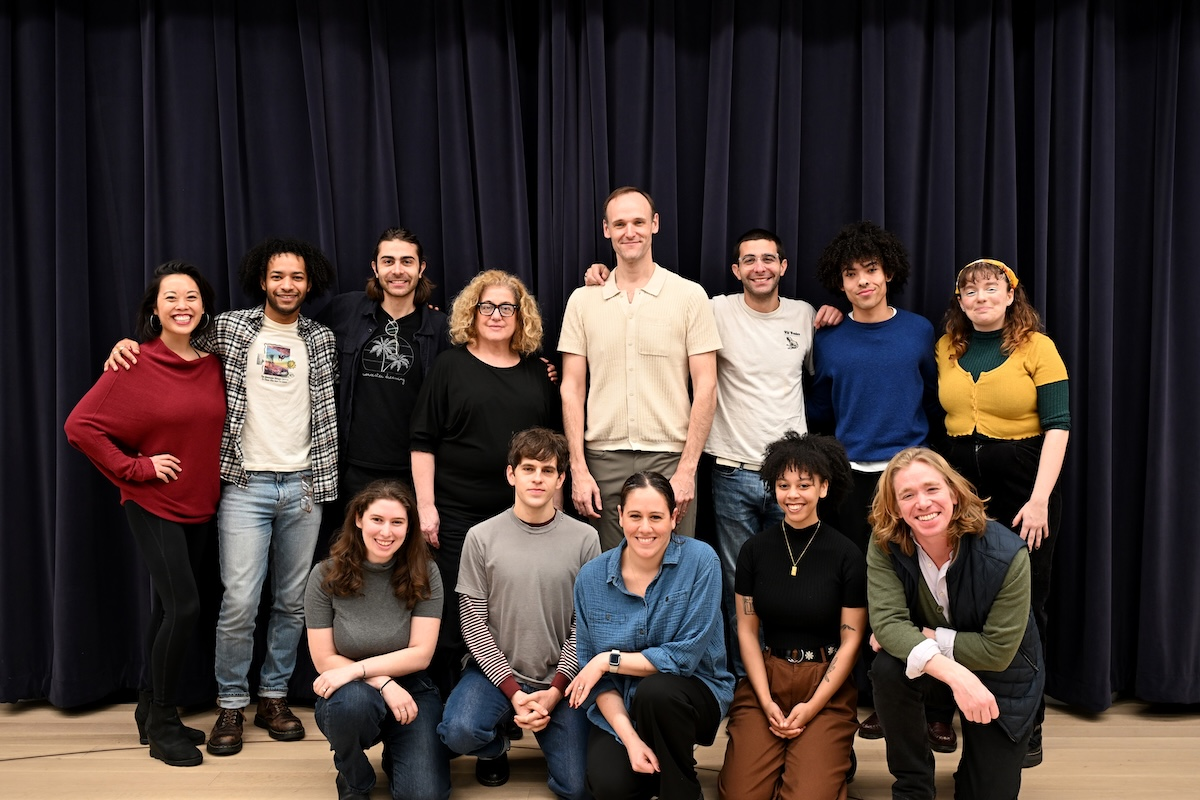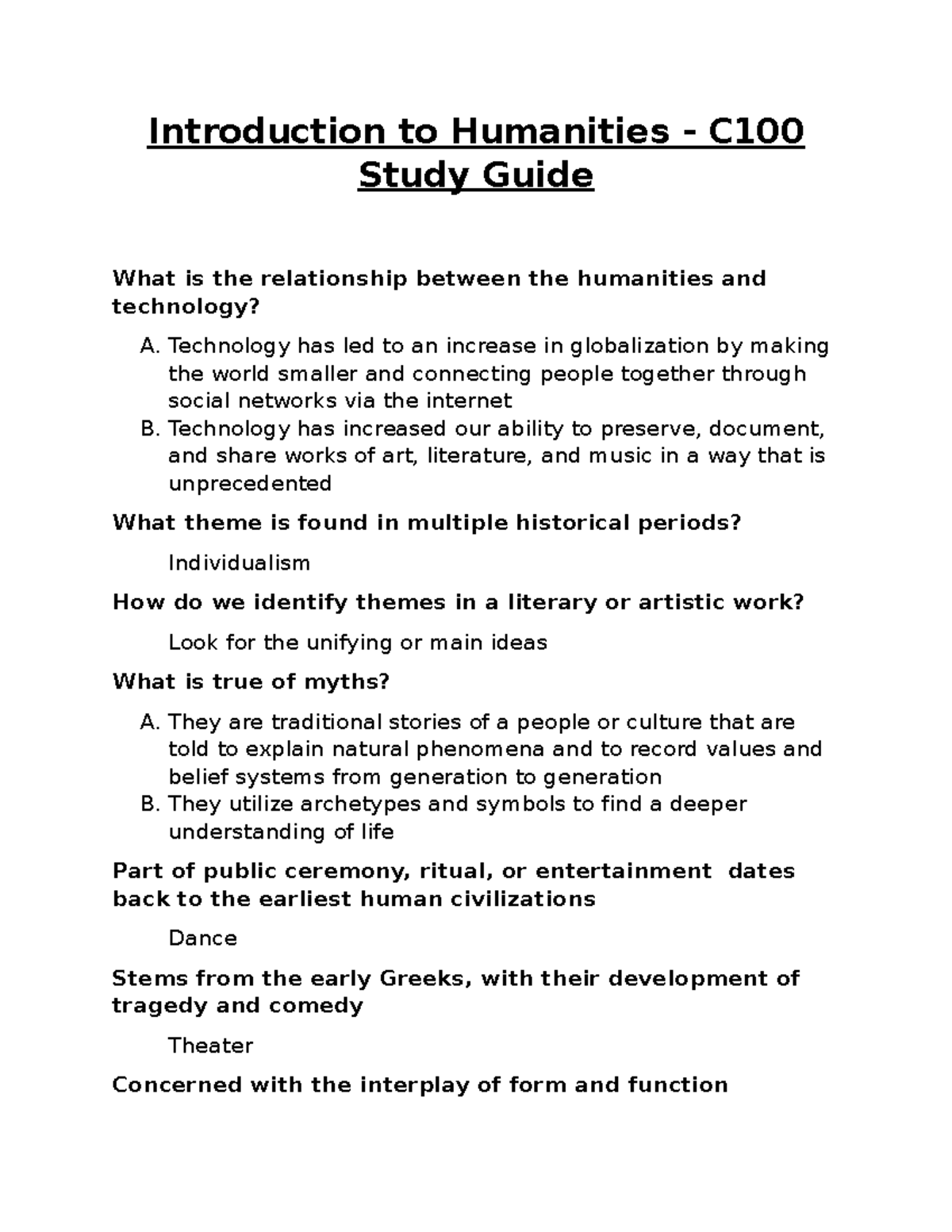“Night Side Songs” is a groundbreaking musical that delves into the emotional landscape of cancer care, crafted by Daniel Lazour and Patrick Lazour with substantial guidance from palliative care specialist Susan Block. This innovative work reflects the intertwining realities of life, illness, and the complex narratives surrounding cancer patient stories. With the influence of Susan Sontag’s poignant observation that “illness is the night side of life”, the musical portrays the perspectives of patients, caregivers, and medical professionals alike, highlighting the transformative power of music within palliative care contexts. As audiences gather at intimate venues like the Cambridge Masonic Temple, they engage not just with the performers, but also with deeper themes of grief, hope, and healing. “Night Side Songs” ultimately invites viewers to confront the delicate subject of mortality while fostering communal understanding through the art of theater.
“Night Side Songs” stands at the intersection of performing arts and healthcare, illuminating the experience of living with serious illness. This poignant production enriches the dialogue around themes of mortality, grief, and the emotional journeys of individuals facing cancer. Through its innovative storytelling, it aligns itself with the importance of palliative care music in providing comfort and connection. The narrative unfolds through the voices of various stakeholders, including patients and their loved ones, showcasing how theater and illness can intersect meaningfully. As we explore the narratives of those affected by cancer, we discover that such artistic expressions not only reflect but also shape our understanding of life’s fragility.
The Impact of Palliative Care in Theater
Palliative care has traditionally been a behind-the-scenes domain, yet its importance is increasingly evident in theatrical productions like “Night Side Songs.” The integration of palliative care themes into musical theater sheds light on the often-taboo subjects of illness and mortality. Through the lens of art, audiences can engage with difficult topics in a more accessible way, making conversations about death less daunting. This shift in perspective reflects a broader societal trend toward acknowledging and normalizing discussions around end-of-life care.
Artists like Daniel and Patrick Lazour, guided by experts such as Susan Block, are vital in bridging the gap between medical reality and audience experience. By embedding poignant narratives into their musicals, they provide a platform for stories that resonate deeply with both cancer patients and their families. The insights gathered from Block’s extensive work in palliative care amplify the authenticity of the characters portrayed, fostering a connection between the stage and real-life cancer patient stories.
Exploring ‘Night Side Songs’: A Unique Musical Experience
“Night Side Songs” stands out in contemporary theater, offering a unique exploration of the cancer experience. The musical counters the often-whimsical portrayal of illness found in traditional musicals, opting instead for a raw and honest depiction of the emotions surrounding serious illnesses. The characters, particularly Yasmine, narrate the struggles and hopes of patients, allowing the audience to feel empathy and rage, vulnerability and connection. This emotional depth is what makes the show a highly anticipated piece in the world of theater and illness.
Moreover, the musical’s format encourages interaction, inviting the audience to sing along. This participatory element enhances the communal experience of grappling with the themes of loss and hope prevalent in palliative care. Diane Paulus’s vision for creating an intimate setting where audience members can share their emotional journeys contributes to that feeling of togetherness, essential for those familiar with the complexities of terminal illness. It transforms a potential moment of solitude into a shared experience, reflective of the nature of human connection in the face of adversity.
Susan Block’s Contributions to Understanding Illness Through Music
Susan Block’s role in the development of “Night Side Songs” cannot be overstated. Her expertise in psychosocial oncology and her commitment to improving the care of cancer patients have greatly influenced the narrative direction of this musical. By incorporating real patient experiences and emotional truths into the script, Block helps demystify the often-misunderstood aspects of palliative care. Her insistence on depicting the raw reality of illness facilitates deeper conversations about dying, bridging gaps between patients, families, and healthcare providers.
Block’s pioneering efforts emphasize the necessity of storytelling in healthcare. By encouraging artists to address serious themes through music, she advocates for a more humane approach to patient interaction and care. This advocacy translates into powerful narratives that resonate not only with those directly affected by cancer but also with the wider community. The way “Night Side Songs” handles these conversations paves the way for future projects that explore personal stories through the medium of theater, enriching the cultural landscape related to illness.
The Necessity of Conversations About Death in Today’s Society
In today’s fast-paced world, discussions about death and dying remain largely unaddressed, creating barriers for those facing serious illness. Susan Block highlights the importance of conversations surrounding end-of-life issues, advocating that these discussions can lead to more profound understanding and emotional support for patients and families alike. “Night Side Songs” serves as a catalyst for these essential dialogues, breaking the silence that often surrounds death and providing a space where emotions can be shared and processed.
By normalizing conversations about serious illness, we foster an environment of trust and openness. This is particularly significant for cancer patients who often struggle with feelings of isolation and despair. The insights of palliative care experts like Block remind us that it is not only acceptable but crucial to talk about our fears and questions regarding illness. Engaging with a story like “Night Side Songs” can help usher in a new era where discussions about death are embraced, leading to better emotional outcomes for those affected.
The Role of Music in Healing and Emotional Expression
Music has long been recognized as a powerful tool for healing, particularly in the realm of palliative care. It offers patients a means to express emotions that are often difficult to verbalize, providing them with a channel for their fears, hopes, and reflections. In “Night Side Songs,” the use of song becomes a way to convey complex feelings about illness and mortality in a more digestible way. By integrating beautiful melodies and relatable lyrics, the musical invites audiences to connect not only with the narrative but with their own experiences surrounding illness.
Furthermore, the act of singing together in a communal setting, as encouraged in the production, reinforces the idea that no one is alone in their struggles. This shared musical experience can lead to catharsis and healing for both performers and audience members, underscoring palliative care’s ethos of holistic emotional support. Ultimately, the integration of musical elements in “Night Side Songs” highlights the therapeutic benefits of music, showcasing how it can foster connection and resilience in the face of illness.
Creating Intimacy Through Innovative Theatrical Spaces
“Night Side Songs” is uniquely staged in intimate venues, enhancing the audience’s experience and engagement. By opting for smaller spaces like the Cambridge Masonic Temple and Hibernian Hall, the Lazour brothers and A.R.T. encourage a sense of closeness not typically offered in larger theaters. This innovative approach allows the audience to not only witness the performance but to feel as though they are integral participants in the unfolding story. The circular seating arrangement promotes connection, making each viewer a part of the shared emotional journey experienced throughout the show.
The choice of venue highlights the central themes of the musical, emphasizing the importance of community and shared experience in confronting the realities of illness. In palliative care, the connections fostered between patients, families, and providers are crucial for emotional support, and this theatrical format mirrors that principle. As audiences are invited to engage with the performers and their own reflections on life and death, the production becomes an immersive experience, allowing for deeper understanding and empathy.
The Future of Palliative Care Representation in the Arts
As the conversation surrounding palliative care evolves, so too does its representation in the arts. “Night Side Songs” exemplifies a trend where serious themes related to illness and death are given a platform in mainstream theater, reflecting an increasing societal willingness to grapple with these challenging issues. The involvement of experts like Susan Block ensures that these portrayals are steeped in authenticity and respect for the lived experiences of patients and caregivers. This paves the way for more stories that take on the complex emotions surrounding illness.
The continued exploration of palliative care through musical and theatrical outlets can inspire future creators to craft narratives that empower and educate. As audiences witness these performances, they become more informed and empathetic toward the realities of serious illness, leading to a potential cultural shift in how we view death and dying. Moving forward, productions like “Night Side Songs” will be pivotal in shaping a more compassionate and understanding approach to palliative care, encouraging further art that reflects the nuances of the human experience.
Experiencing Illness: The Perspectives of Patients and Caregivers
Incorporating the voices of both patients and caregivers is crucial for a holistic understanding of the experience of illness, especially within palliative care. “Night Side Songs” effectively portrays the myriad perspectives surrounding cancer treatment, weaving together the narratives of those affected by disease and the specialists who care for them. Through the artistic choices made by the Lazour brothers, the show illustrates the interconnectedness of these experiences, highlighting that illness impacts everyone differently yet equally.
This multifaceted approach not only humanizes the characters but also reflects the reality that effective palliative care relies on the collaboration between patients, families, and healthcare providers. By bringing these perspectives to the forefront of musical theater, the production encourages audiences to empathize with those who navigate the complexities of disease. It serves as a reminder that stories of illness are not solitary but rather shared experiences that foster community, understanding, and ultimately, compassion.
Breaking Down Barriers: The Therapeutic Value of Artistic Expression
Artistic expression has powerful therapeutic benefits, providing a crucial outlet for individuals dealing with serious illness. “Night Side Songs” not only serves as a form of storytelling but also as a means for both the creators and the audience to explore the depths of their emotions about death and dying. By breaking down barriers often associated with discussing terminal illness, the musical offers both catharsis and reflection for those impacted by cancer, making the subject more approachable.
This artistic representation can lead to new understandings of palliative care, as it encourages deeper discussions that might otherwise remain hidden. As Block noted, it’s vital to explore these themes openly, allowing for a more supportive environment for patients. In showcasing the intersection between music and serious dialogue, “Night Side Songs” sets a precedent for future works aiming to address the complexities of living with a severe illness and encourages continued exploration of these topics within artistic realms.
Frequently Asked Questions
What themes are explored in ‘Night Side Songs’ related to palliative care?
‘Night Side Songs’ delves into the themes of illness, death, and the emotional aspects of palliative care. The musical captures the experiences of cancer patients and caregivers, highlighting the importance of communication about serious illness, as emphasized by palliative care specialist Susan Block.
How did Susan Block contribute to the development of ‘Night Side Songs’?
Susan Block played a crucial role in developing ‘Night Side Songs’ by providing her insights and expertise on palliative care during the writing process. Her conversations with Daniel and Patrick Lazour helped shape the musical’s authentic portrayal of dying patients and their caregivers’ experiences.
What is the significance of performing ‘Night Side Songs’ in intimate venues?
Performing ‘Night Side Songs’ in intimate venues like the Masonic Temple and Hibernian Hall enhances audience engagement, allowing for a more personal connection between the actors and the audience. This setting fosters a communal atmosphere that aligns with the musical’s themes of shared experiences with illness and end-of-life care.
Why is ‘Night Side Songs’ an important work for discussions about cancer patient stories?
‘Night Side Songs’ is crucial for discussions on cancer patient stories as it presents the emotional realities of illness from multiple perspectives, including those of patients, caregivers, and healthcare providers. The musical encourages open dialogue about the challenges of serious illness and the unknowns that accompany the cancer journey.
How does ‘Night Side Songs’ engage the audience in its performances?
‘Night Side Songs’ invites its audience to participate by singing along during the performances, creating an inclusive and interactive experience. This engagement helps foster a deeper connection to the material and resonates with viewers who have been touched by serious illness.
What influences did Susan Sontag’s works have on ‘Night Side Songs’?
The title and thematic foundation of ‘Night Side Songs’ are inspired by Susan Sontag’s observation that ‘illness is the night side of life.’ This concept underscores the musical’s exploration of the darker aspects of illness and the human experience, central to its narrative.
How does ‘Night Side Songs’ differ from traditional musicals?
Unlike traditional musicals that often focus on lighter themes, ‘Night Side Songs’ tackles serious topics related to palliative care and the realities of illness. This distinct approach sets it apart as a thought-provoking piece that blends theater with meaningful discussions on life and death.
What role does the audience play in the narrative of ‘Night Side Songs’?
In ‘Night Side Songs’, the audience is not just passive but actively participates in the storytelling. Through their interactions and vocal participation, they contribute to the communal exploration of illness and the emotional weight of the disease, making the performance a shared experience.
| Key Points | Details |
|---|---|
| Conversations with Palliative Care Specialist | Susan Block’s insights were critical for developing ‘Night Side Songs’. |
| Thematic Overview | ‘Night Side Songs’ explores the medical and emotional aspects of terminal illness through the perspectives of various stakeholders, such as patients, caregivers, and medical professionals. |
| Pioneering Efforts | Susan Block has been a leader in integrating palliative care into hospitals for over 30 years, emphasizing the importance of discussing death openly. |
| Musical Format | The show utilizes an intimate setting and encourages audience participation, such as singing along, to create a deeper engagement experience. |
| Critical Reception | Initial skepticism turned into praise after witnessing the raw emotional depth of the musical’s run-through. |
| Performance Locations | The musical is staged at the Cambridge Masonic Temple and Hibernian Hall, chosen for their intimate atmosphere as opposed to larger venues. |
| Cultural Impact | The musical invites audiences to reflect on and openly discuss the realities of dying and the end-of-life experience. |
Summary
Night Side Songs is a poignant exploration of life, death, and the human experience surrounding illness. As a groundbreaking musical, it invites audiences to engage with a subject often cloaked in silence and discomfort. By interweaving narratives from various perspectives—patients, caregivers, and healthcare professionals—the show sheds light on the emotional complexities of dying while fostering a communal understanding of this inevitable part of life. With its intimate performances and audience participation, Night Side Songs not only entertains but also educates and promotes necessary conversations about mortality.



